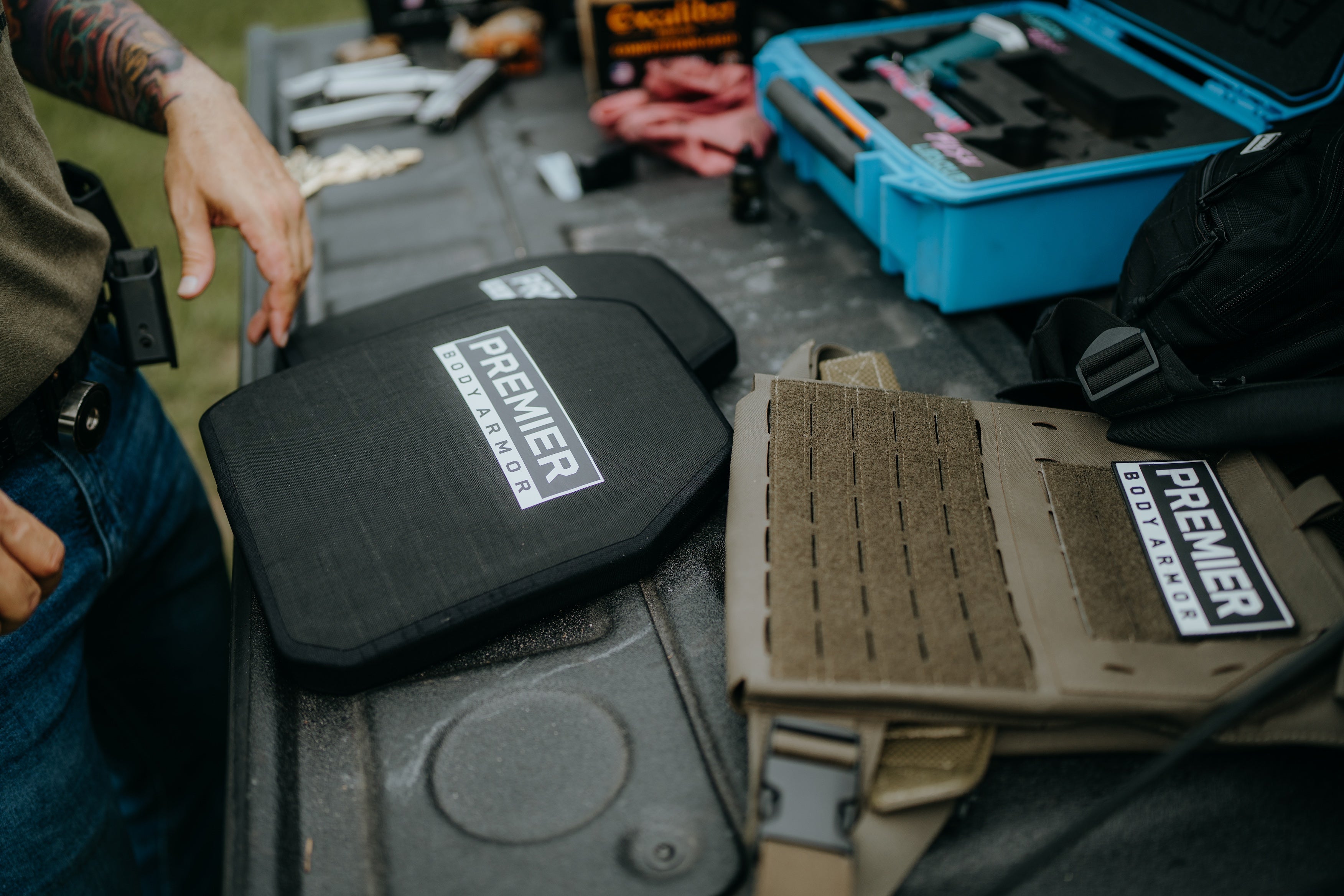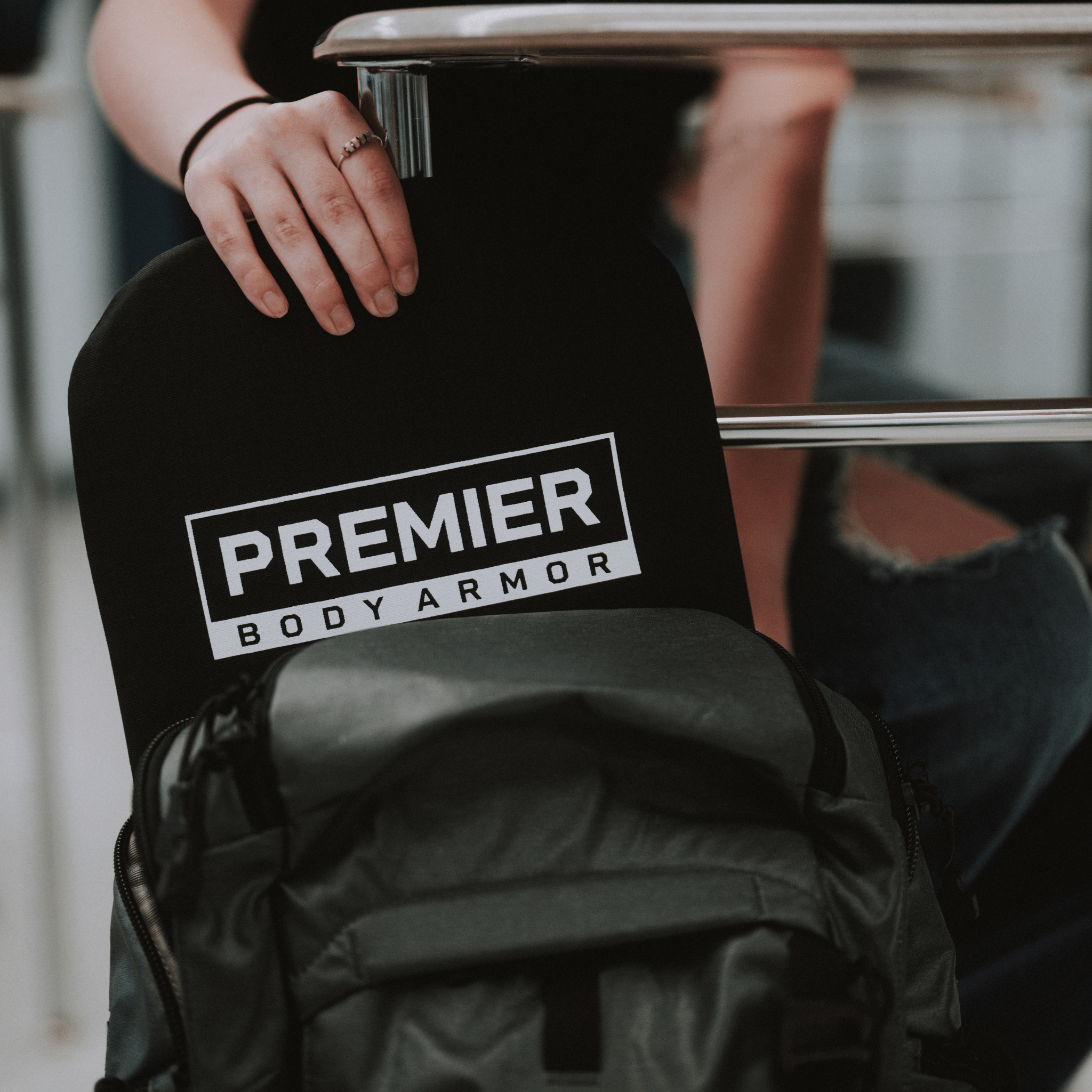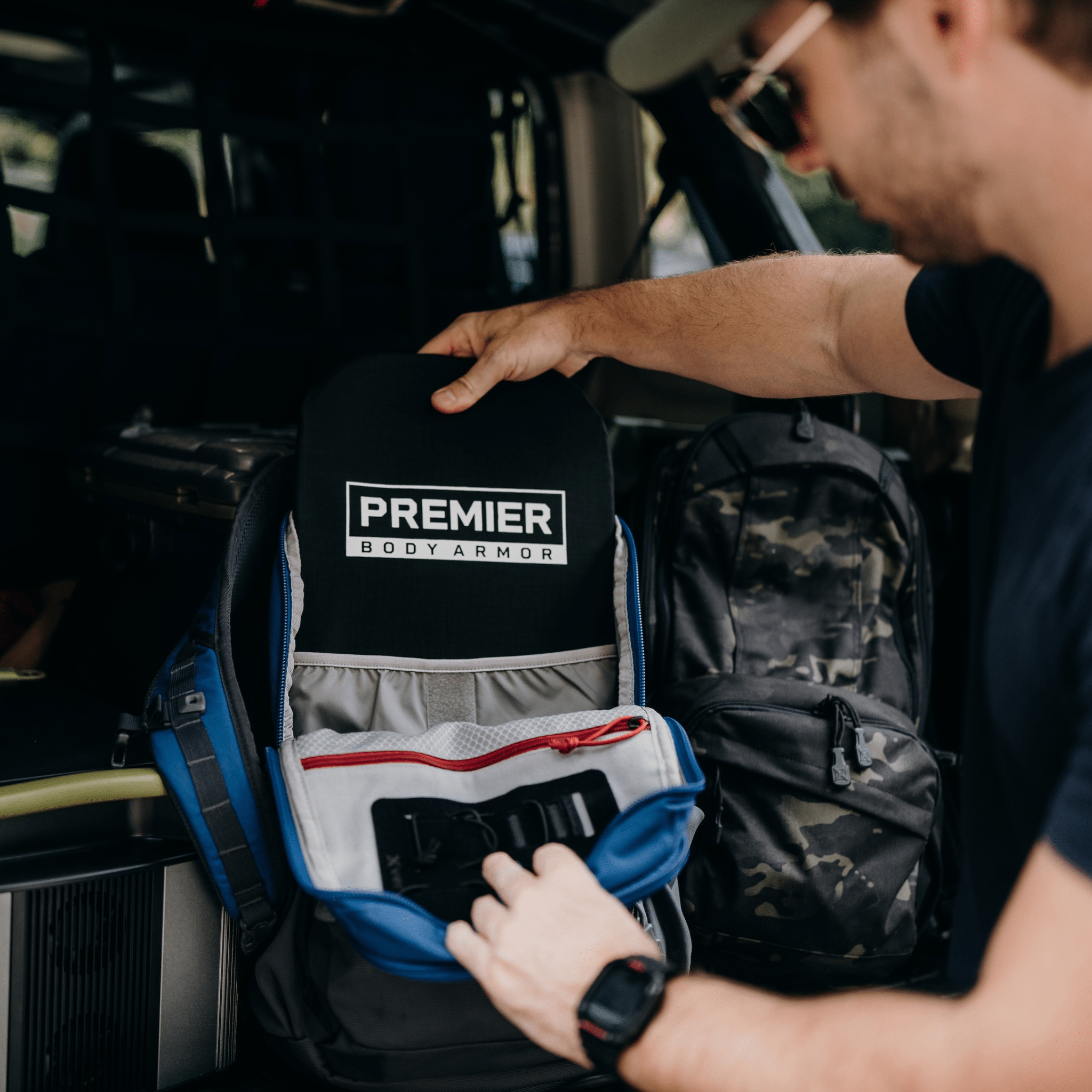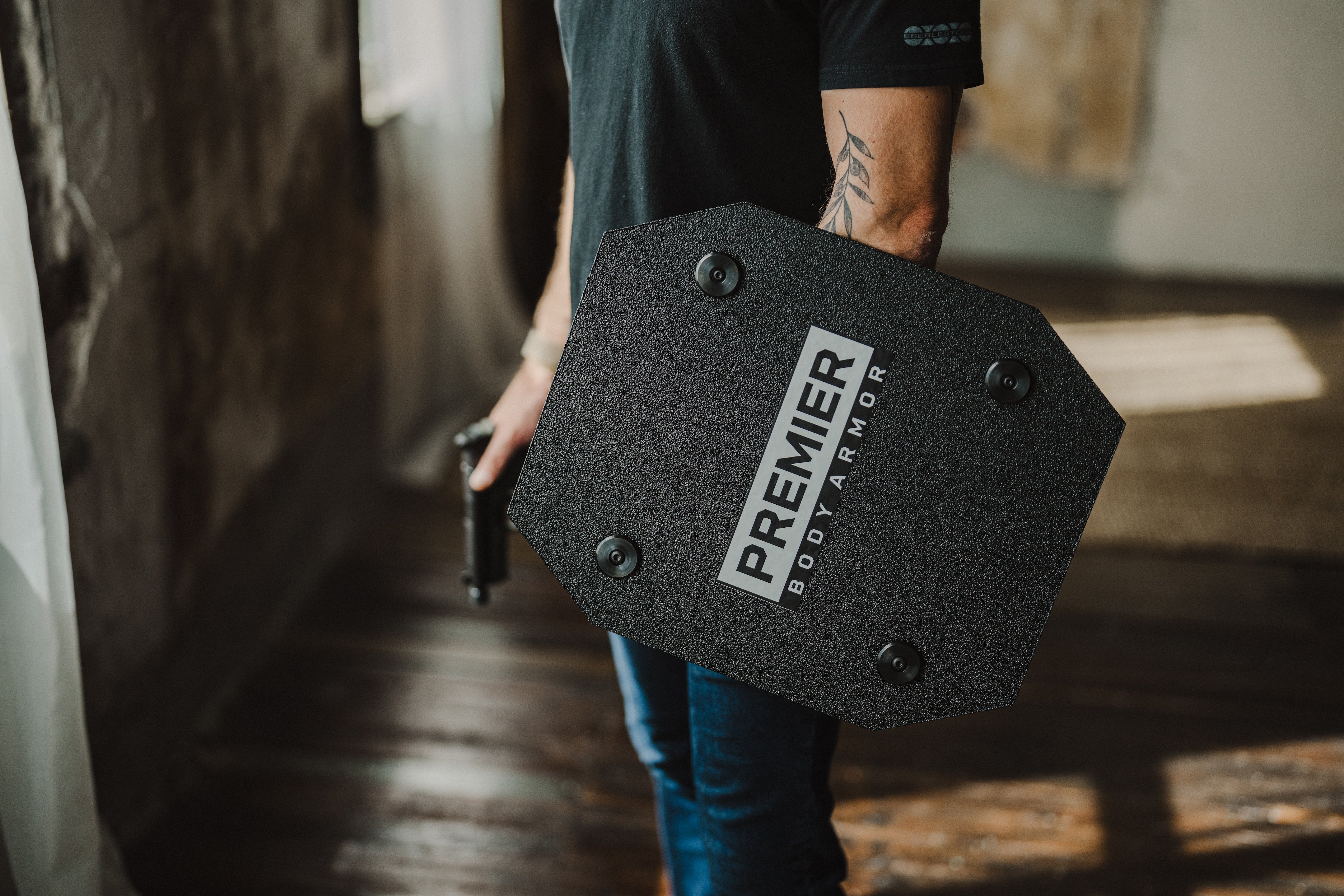Pepper Spray vs. Taser: Which Is Better for Self-Defense?
Choosing the right self-defense tool can make all the difference in a high-stress situation. Among the most popular non-lethal options are pepper spray and tasers, both designed to incapacitate an attacker and give you time to escape.
But when it comes to pepper spray vs taser, which offers better protection? This guide compares both options across key categories, stopping power, range, legality, and ease of use, to help you decide which one best suits your personal safety needs.
At A Glance
- Distance: Taser ≈ 15 ft (civilian models); Spray ≈ 8–12 ft depending on pattern.
- Stopping effect: Spray impairs vision/breathing; Taser can induce neuromuscular incapacitation if both probes land.
- Carry & cost: Spray is smaller and cheaper; Taser adds bulk, batteries, and single-use cartridges.
What Is Pepper Spray?
Pepper spray is a non-lethal aerosol weapon that delivers oleoresin capsicum (OC), a chemical derived from hot peppers, causing burning of the eyes, nose, throat, and skin, resulting in temporary blindness, intense pain, and disorientation.
So, how does pepper spray work? OC sprays have an active ingredient that inflames the mucous membranes, making it difficult for the attacker to see or breathe. These effects usually last between 15 to 45 minutes, providing a crucial window for the victim to escape.
Pepper spray is compact, affordable, and legal, with state-by-state limits on size or shipping. You’ll see streams (better in wind), fog/mist (wider cone), and gel (reduced blowback). Typical effective distances are short, so practice quick access and thumb-indexed deployment.
Most pepper sprays come in small canisters that fit easily in a pocket, purse, or on a keychain, making them one of the most accessible self-defense tools available. For more options, read our guide on the best non-lethal self-defense.
What Is a Taser?
A taser is an electroshock weapon that fires two small dart-like electrodes that are connected by wires to the main device. Upon impact, the taser delivers a high-voltage, low-amperage, timed electrical pulse to induce neuromuscular incapacitation (NMI) without long-term injury.
Unlike traditional stun guns that require direct contact, tasers can be deployed from a distance. Civilian models commonly reach ~15 ft, letting you create stand-off while disengaging. This makes them a practical option for maintaining distance from an aggressor, though misses, thick clothing, or poor angle can reduce effect.
As a stun gun for self defense, the taser is often seen as more technologically advanced and effective than contact stun guns or chemical deterrents. However, it tends to be more expensive and is subject to stricter legal regulations in many states. Because of their power and effectiveness, tasers are frequently used by law enforcement officers and are increasingly available to civilians with proper training and legal compliance.
Key Differences Between Pepper Spray and Tasers for Self-Defense
When considering a taser gun vs pepper spray, think mechanism, distance, and reps.. The primary distinction lies in how each device disables an attacker. Pepper spray relies on chemical irritation to cause intense pain, temporary blindness, and breathing difficulty. Tasers use electric shock to override the attacker’s neuromuscular system, resulting in near-instant incapacitation.
Range is another critical factor. Pepper spray is effective within a shorter range, usually 8 to 12 feet, and can be impacted by wind or obstructions. Tasers can be deployed from a distance, typically 10 to 15 feet, allowing users to maintain a safe buffer from the threat. However, pepper spray offers multiple uses per canister, making it more suitable for situations involving more than one assailant.
For convenience, pepper spray is lighter, more compact, and generally more discreet to carry, especially with keychain and pocket-sized designs. Tasers are bulkier, require more training, and are typically more expensive.
Legal considerations also vary: pepper spray is legal in most states with minimal regulation, while tasers often face stricter controls.
Ultimately, personal comfort, local laws, budget, and environment should all factor into choosing the right tool.
Taser vs. Pepper Spray: Range and Deployment
When it comes to range, tasers have a clear advantage. Most of the time, a civilian-use taser range is from 10 to 15 feet, allowing you to maintain a safe distance. Pepper spray works only in close range, typically maxing out at 8 to 12 feet, depending on the spray type, stream, fog, or gel.
However, pepper spray offers multiple bursts, whereas a taser cartridge is single-use and must be reloaded after firing. This makes pepper spray more versatile for crowd control or multiple assailants, while tasers are better suited for one-on-one confrontations.
Stopping Power and Effects
Pepper spray effectiveness depends on the strength of the OC solution, pattern, distance, and the target's pain tolerance. While it can cause significant discomfort, motivated attackers may power through its effects.
Taser effectiveness is typically higher because of the device’s ability to cause neuromuscular incapacitation (NMI), rendering most individuals temporarily immobile.
Both tools offer non-lethal protection, but tasers usually offer more immediate and predictable results, especially when the darts make solid contact.
The Legality and Restrictions of Pepper Spray and Tasers
Pepper spray laws are generally more lenient across the United States. Most states allow civilians to carry it without a permit, though there may be restrictions on canister size or concentration. Taser laws vary widely; some states require background checks or permits, and tasers are outright banned in certain jurisdictions.
Always check your local laws before purchasing or carrying either device. For more details, read our full guide on the legality of self-defense weapons by state.
Ease of Carry and Use
Pepper spray keychains and compact canisters make it an easy addition to a purse strap, belt, or backpack. Its intuitive point-and-spray mechanism is simple to use under stress. Tasers, while effective, are bulkier and require more training to deploy correctly.
Combo devices are available, such as a taser pepper spray combo, but they’re often larger and more expensive. If portability and ease of access are your top priorities, pepper spray is usually the more convenient option.
Pepper Spray or Taser: Which Is Better for You?
The answer to taser vs pepper spray depends on your personal needs, local laws, and comfort level. Pepper spray is generally more accessible, easier to carry, and legal in more places. It’s ideal for quick self-defense in close-quarters situations and for those looking for an affordable, reliable option.
Tasers, while pricier and often more regulated, offer stronger stopping power and the advantage of distance. They may be better suited for individuals comfortable with the added complexity and who live in states where ownership is permitted.
Quick Comparison: Pepper Spray vs. Taser
| Factor | Pepper Spray | Taser |
|---|---|---|
| Mechanism | OC irritant inflames eyes/airways; disrupts vision and comfort. | Conducted energy; probes must land for neuromuscular incapacitation (NMI). |
| Effective Range | ≈ 8–12 ft (pattern-dependent: stream/gel/fog). | ≈ 15 ft (common civilian models). |
| Stopping Effect | Rapid visual/respiratory impairment; not a guaranteed “off switch.” | Potential full-body lock-up during cycle if both probes have good contact. |
| Uses per Carry | Multiple bursts per canister. | Single cartridge per shot; reload required for second engagement. |
| Training & Failure Points | Simple point-and-press; wind and distance judgment matter. | Probe placement, spread, angle, battery, and cartridge management matter. |
| Bulk & Carry Compliance | Small/light; pockets, purse, or belt loop (keychain options). | Bulkier; requires holster or dedicated pocket. |
| Cost (General) | Low; easy to replace and practice with. | Higher upfront; cartridges add ongoing cost. |
| Environment Sensitivity | Wind/blowback risk (reduced with stream/gel); indoor-friendly with gel. | Clothing thickness, probe spread, and line-of-sight can affect results. |
| Legal Landscape | Generally permissive; size/strength rules vary by state. | Widely legal with restrictions; check state/local requirements. |
| Best Fit | Everyday carry where simplicity, size, and multiple bursts matter. | Single-assailant scenarios where distance and rapid NMI are prioritized. |
- Smallest footprint and easiest daily carry.
- Multiple bursts for more than one threat.
- Lower cost and simpler practice reps.
- Indoor or close-quarters use (stream/gel to reduce blowback).
- Stand-off distance (~15 ft) before contact.
- Stronger immediate control on a single assailant.
- Willingness to train probe placement and reloads.
- Acceptance of higher cost and carry bulk.
Always verify current state and local laws before purchase or carry.
Common Doubts
- “Spray won’t stop anyone.” Reality: Pepper spray impairs vision and breathing comfort fast; most subjects de-escalate or disengage when sprayed. It buys you space to move.
- “Tasers always drop people.” Not always. Missed probes, heavy clothing, or poor spread reduce effect. Training and cartridge management matter.
- “I’ll figure it out when I need it.” Under stress you default to reps. Whichever tool you choose, practice fast access, decisive deployment, and a break-contact plan.
Build layered security with our top tools for home defense or a 72-hour emergency survival kit; the goal is a resilient household, not a single gadget.
The Bottom Line
Both pepper spray and tasers are valuable tools for non-lethal personal protection. Pick the one you’ll train with, carry daily, and deploy under stress. Regardless of which option you choose, staying aware, prepared, and informed is the key to maximizing your personal safety.
You protect what matters. We’ll handle the gear. Explore our EDC gear, training tips, and home-defense basics, then choose the tool that fits your routine.
Pepper Spray vs Taser FAQs
Which is better for self-defense: pepper spray or a taser?
For the smallest, simplest EDC, pepper spray wins on carry convenience. If you’ll train and want distance plus stronger immediate control on a single threat, a taser fits, provided you can place both probes.
Is it legal to carry pepper spray or a taser in my state?
Generally yes, with restrictions that vary by state (size, shipping, age, permits). Check current pepper spray laws and taser laws where you live before you buy.
How far do these work?
Typical pepper spray range is 8–12 ft; common civilian tasers reach ~15 ft. Train from realistic distances.
Will wind blow spray back at me?
It can. Streams and gels reduce blowback versus fog/mist. Angle, distance, and environment matter.
Do tasers work through heavy clothing?
Heavy or loose layers can reduce probe spread or contact. Placement, distance, and angle are critical.










Leave a comment